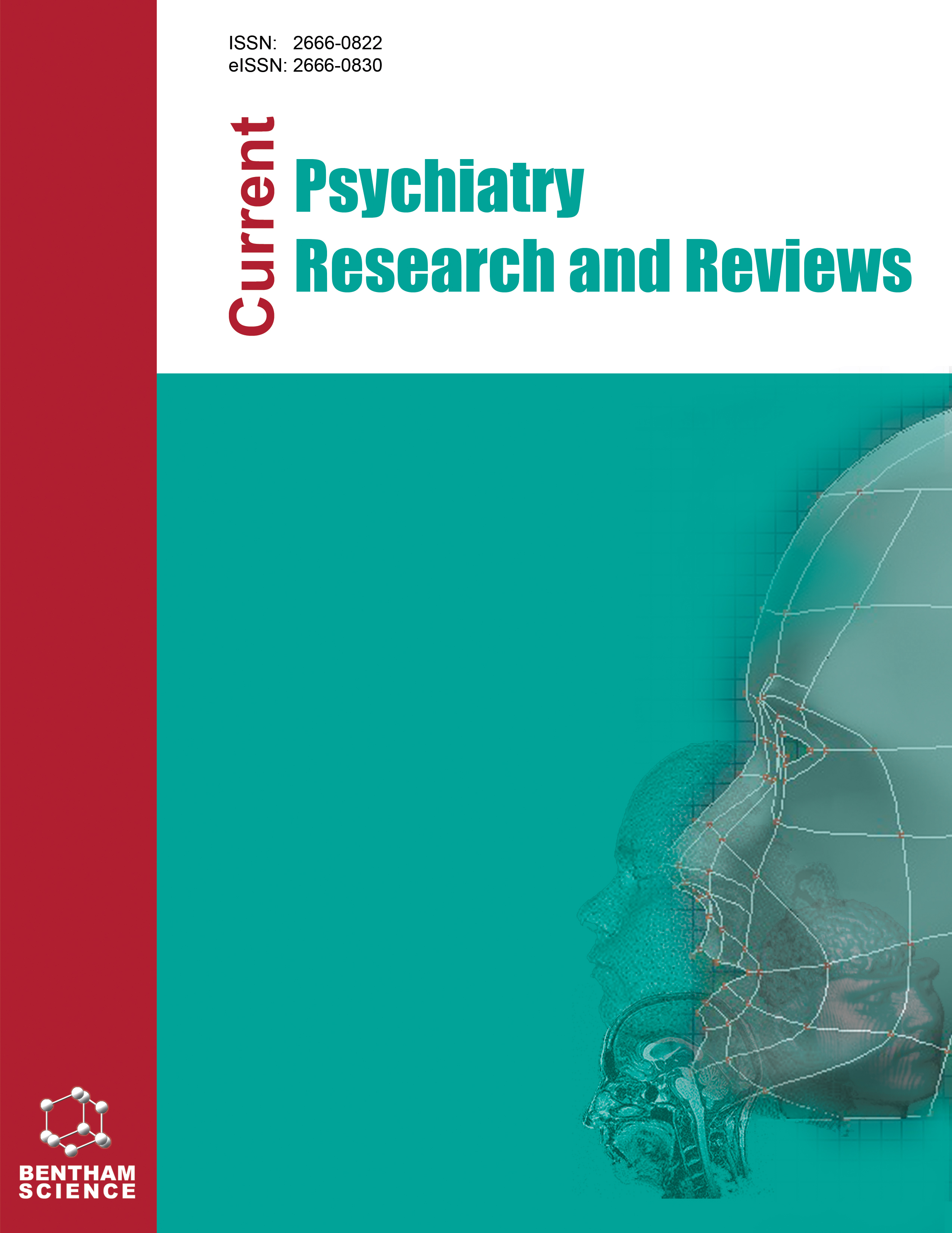
Full text loading...
We use cookies to track usage and preferences.I Understand
Exposure therapy is the gold standard treatment for anxiety and obsessive-compulsive disorders in children, adolescents, and adults. Inhibitory Learning Theory offers a nuanced and advanced perspective on exposure treatment positing that violating threat expectancies is more important than habituation. This paper highlights the effectiveness of inhibitory learning theory-guided exposure procedures for youth with anxiety and OCD, chronic pain, and eating disorders. A topical review focusing on the theoretical foundations of inhibitory learning theory, crucial augmentations of the approach, and outcomes with pediatric patients diagnosed with anxiety, eating, and pain disorders is presented. The literature review indicated that inhibitory learning theory-driven exposure produced beneficent outcomes in the identified populations. Various limitations and future directions were discussed. Limitations notwithstanding, inhibitory learning theory-led exposure represents a viable treatment option for pediatric patients with anxiety, eating, and chronic pain disorders.

Article metrics loading...

Full text loading...
References


Data & Media loading...

